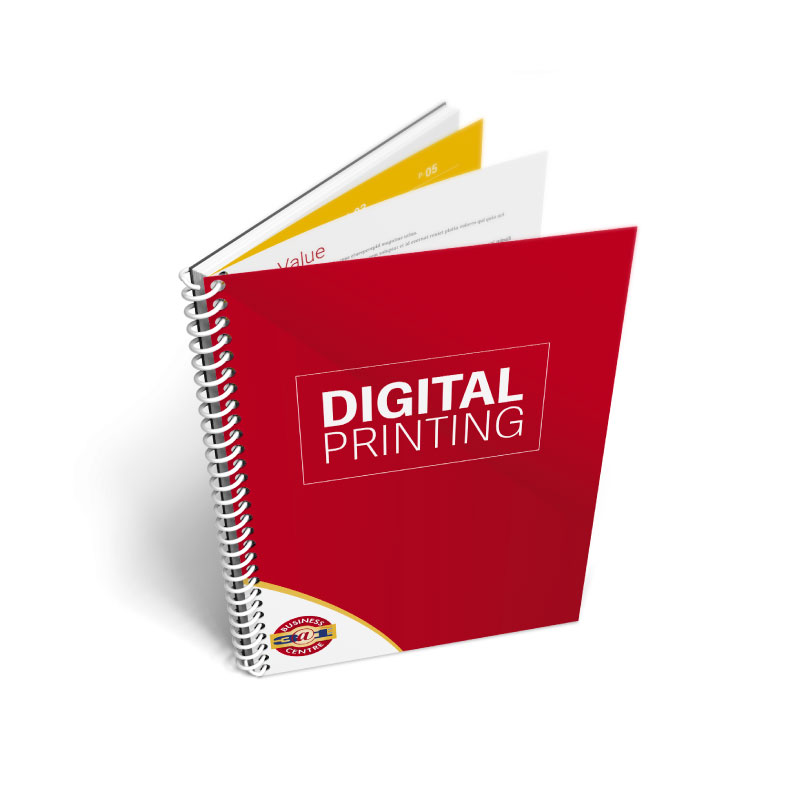Explore trending design ideas that perform successfully with print on demand products.
Explore trending design ideas that perform successfully with print on demand products.
Blog Article
Understanding Exactly How Digital Printing Revolutionizes the Printing Industry
The printing market, long steeped in standard techniques, is going through a radical improvement with the development of electronic printing. With its prospective to spur interaction with personalized content and to offer sustainable solutions, it's clear that electronic printing is even more than a technical development; it's an essential game changer.
The Development of Digital Printing: A Short Summary
Since its inception, electronic printing has actually gone through significant transformations, consistently transforming the printing sector. Its evolution started with the development of xerography in the mid-20th century, a procedure which prepared for printer. With the advent of the 90s, digital printing innovation began to mature, and the sector experienced the introduction of direct imaging presses, which removed the requirement for printing plates. As the brand-new millennium unfolded, advancements in modern technology better stimulated the growth of electronic printing, resulting in the production of high-speed inkjet printers. These gadgets offered premium high quality and rate, permanently changing the landscape of the market. Today, electronic printing stands as a testament to human innovation, continuously developing to fulfill the ever-changing needs of the modern-day world.

Unboxing the Innovation Behind Digital Printing
Exploring the ins and outs of digital printing modern technology, one experiences an abundant tapestry of sophisticated equipment and complicated algorithms. At the heart of this procedure lies an electronic image, which is refined by software that separates it into a grid of dots. These dots are after that exchanged a digital code. This code is translated by the printer, which utilizes it to exactly transfer droplets of ink onto the substratum. The droplets are so little and precise that they produce an image that is virtually indistinguishable from the initial. This elaborate system, strengthened by advanced software program and high-resolution imaging, has actually changed the landscape of the printing industry, paving the means for unmatched degrees of information and accuracy.

The Benefits of Digital Printing for Companies
Understanding the technology behind electronic printing gives a clear image of its accuracy and detail. Digital printing is environmentally pleasant, making use of much less ink and creating less find out this here waste. The complete possibility of electronic printing is recognized when utilized blog here for customization and customization, a topic that will be covered in deepness in the following area.
The Function of Digital Printing in Modification and Personalization
While traditional printing techniques battle with customization and personalization, digital printing succeeds in these areas. It enables for the easy modification of designs, without the need for pricey and taxing plate modifications (print on demand). This enables businesses to customize products to specific clients, meeting details requirements and enhancing consumer fulfillment
Digital printing additionally enables variable information printing, where elements such as text, graphics, and photos may be altered from one published piece to the next, without decreasing the printing procedure. This is especially valuable for direct advertising projects, where personalized messaging can substantially boost reaction rates. By doing this, digital printing not only reinvents the printing sector but likewise changes the means businesses communicate with their clients.
Evaluating the Ecological Impact of Digital Printing
Although electronic printing has been admired for its duty in customization and personalization, it is important to analyze its ecological influence. Digital printing can be less wasteful than conventional techniques, since it runs on a 'print on need' basis, removing the demand for huge print runs that can result in surplus and waste. Additionally, it uses fewer chemicals and produces less volatile organic compounds (VOCs) compared to offset printing. The energy use of electronic printers can be high, leading to raised carbon impact. The use of non-recyclable printing parts and the obstacle of e-waste administration position significant environmental problems. Consequently, while electronic printing has lots of advantages, its environmental influence needs to be conscientiously managed.
Final thought
In conclusion, electronic printing has changed the printing industry, supplying rapid, cost-efficient, and top notch services. It facilitates personalization, enhancing client involvement, and utilizes a lasting print-on-demand model. As this modern technology continues to why not try here progress, its effect on service interaction, client satisfaction, and environmental sustainability comes to be increasingly extensive. Recognizing these changes is vital for businesses to take advantage of the advantages of electronic printing efficiently.
Report this page